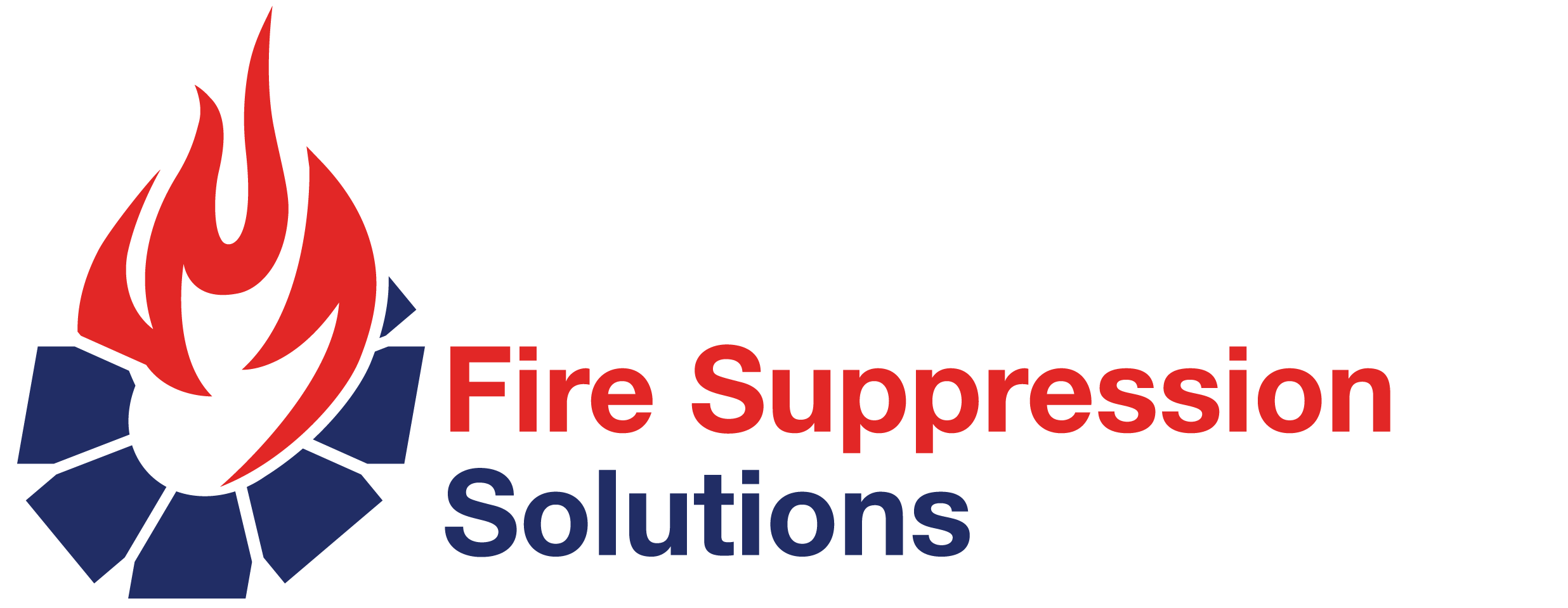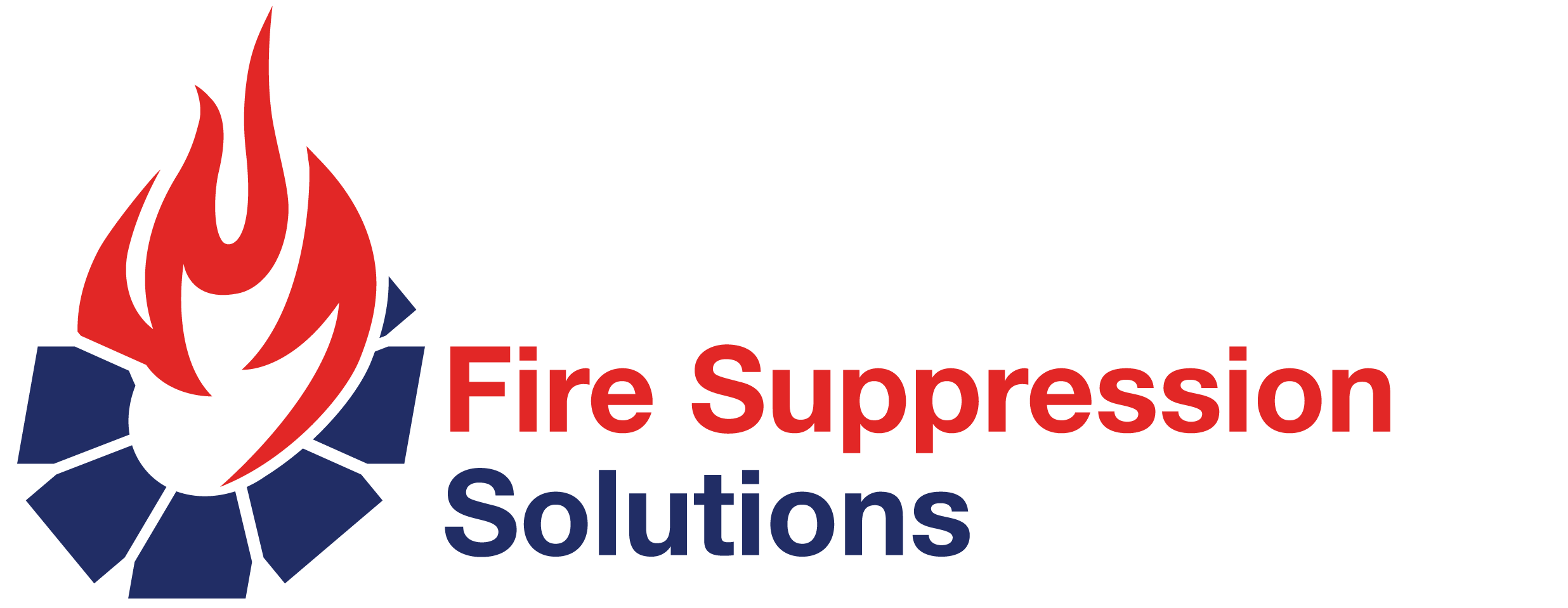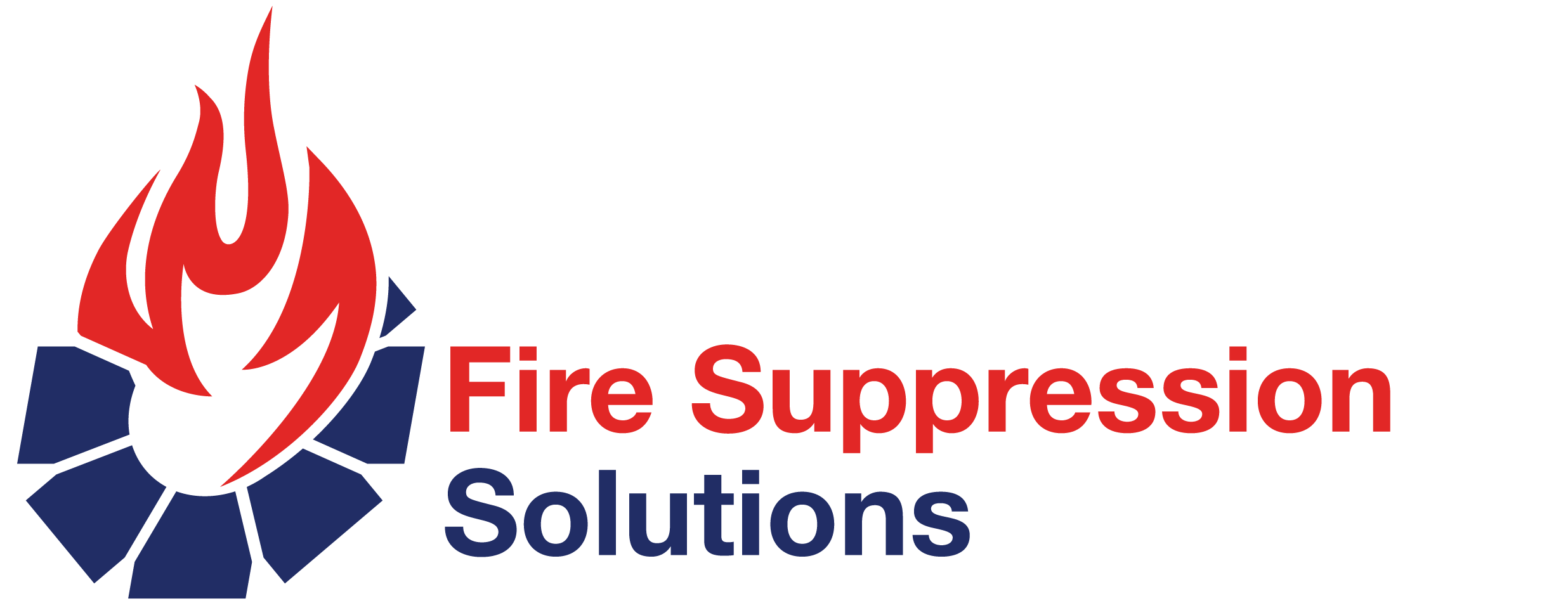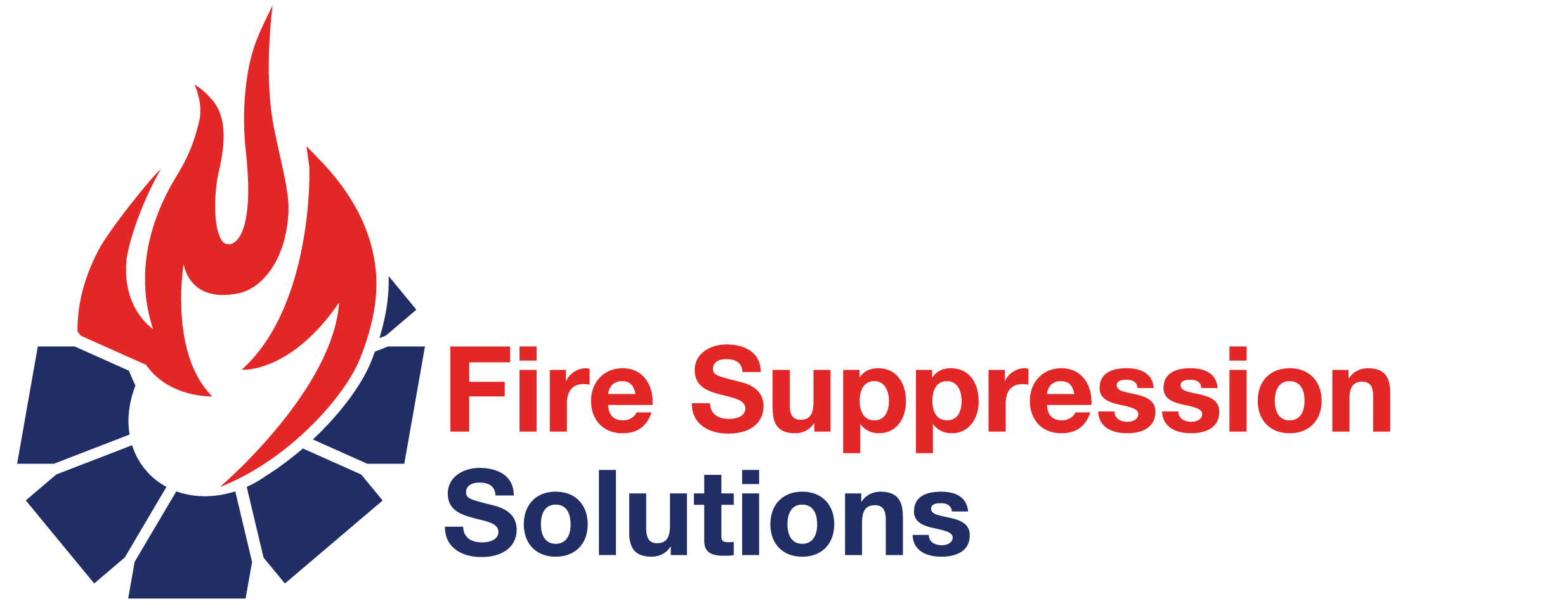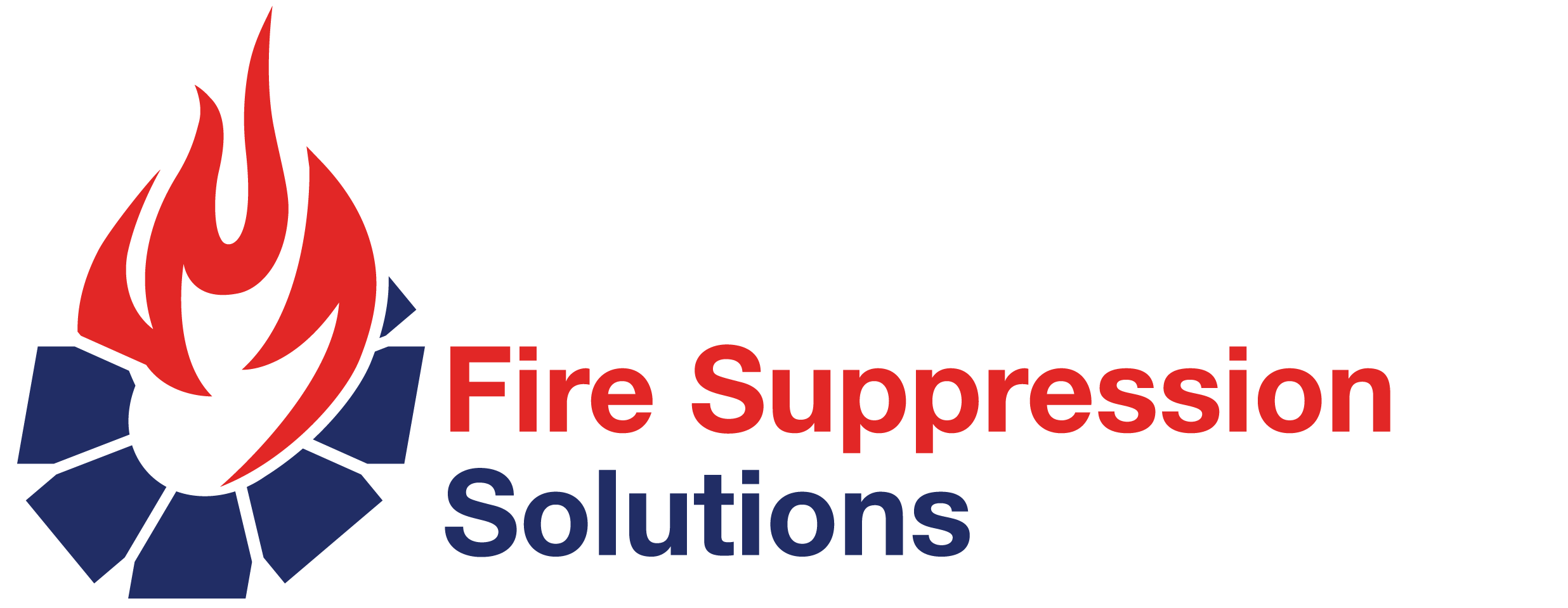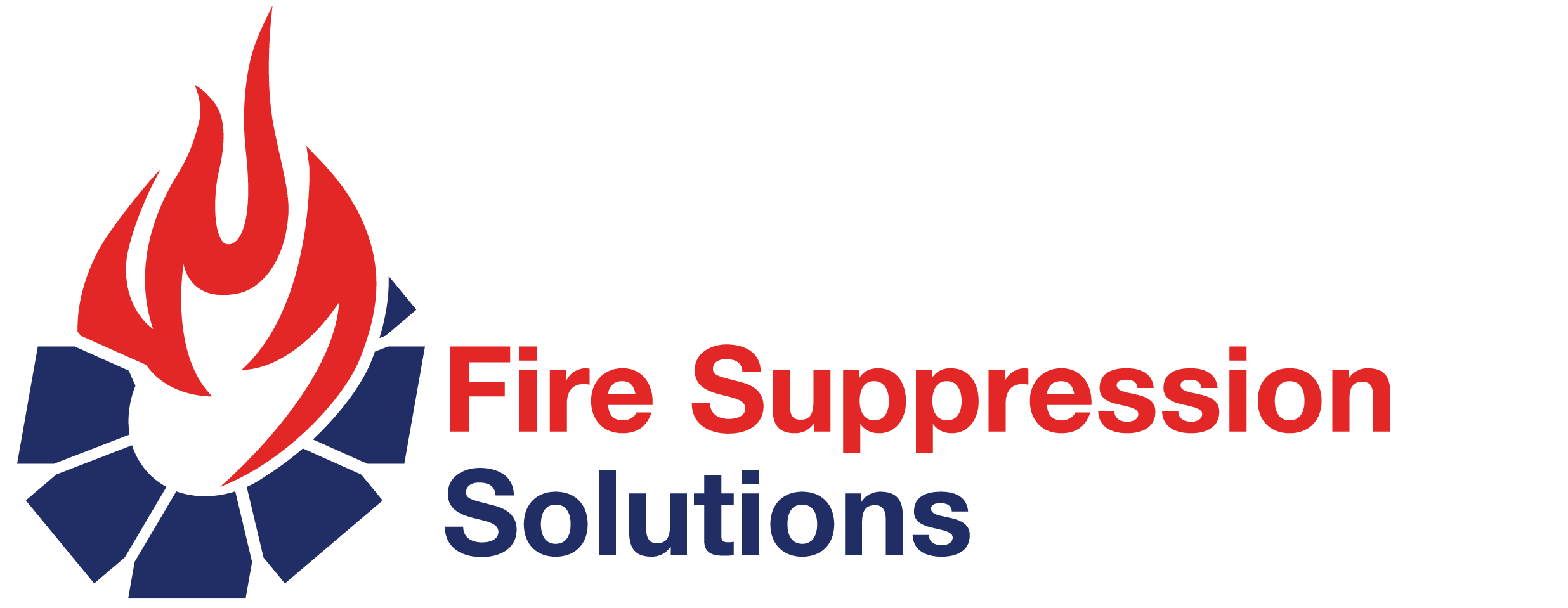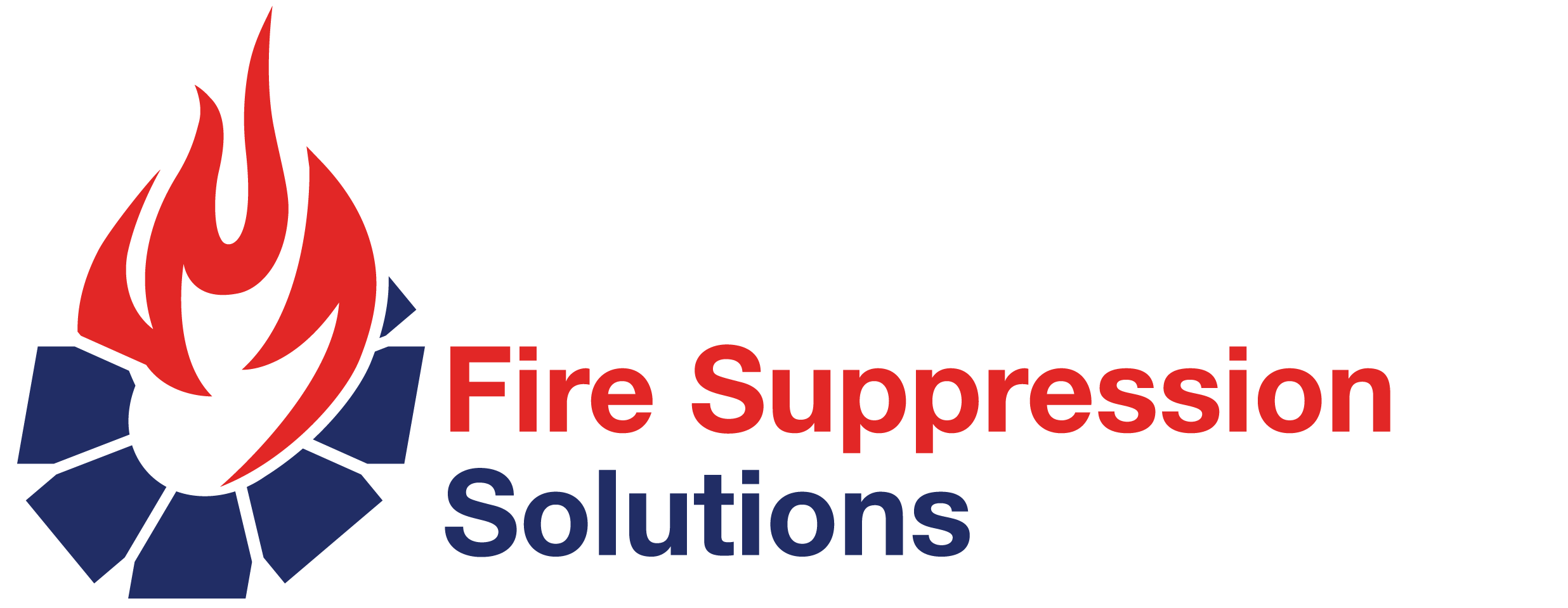Fire Suppression Systems–Commissioning Check List
-
VDAS Loss Of Pressure (LOP) Fire Suppression System Doc No: QWI11.0
-
Maintenance Service Record in accordance with AS5062-2022
Customer Details:
-
Customer:
-
Location
-
Date:
-
Machine No:
-
Purchase Order No:
-
Work Order No:
Cylinder and Bracket Assembly
-
System Type
-
System Configuration
-
LOP Valve piston has been seated down manually before charging the system (LOP Only)
- Yes
- No
- N/A
-
Cylinder location does not obstruct operators’ view.
-
Cylinder labels attached and clearly visible.
-
Cylinder Serial Number
-
Cylinder Manuf. Date
-
Cylinder(s)/Bracket(s) fixed correctly to equipment as agreed with the<br>customer while maintaining the structural integrity of the machine.
-
Pressure Gauge reads correct operating pressure according to ambient<br>the temperature during charging (e.g. 1,350kPa at 20⁰C - Check table 1)
-
Pressure on all gauges (LOP) or weight of CO2 canisters (ROP) have<br>been recorded on every remote actuator:
-
Location & Pressure/Weight#1
-
Location & Pressure/Weight#2
-
Location & Pressure/Weight#3
-
The black rubber plug on top of the main cylinder(s) valve(s) gauges<br>have been pierced.
Activation/Detection
-
Activation lines have been blown out after the discharge test, to flush any<br>remaining water residue.
-
Remote Manual Actuator installed in operator compartment.
-
Remote Manual Actuator(s) installed at a suitable external location<br>and easily accessible.
-
Checked that spindle(s) of LOP/ROP Remote Actuator(s) move freely.
-
(ROP Only) Check CO2 Cartridges are fitted and tight.
-
(ROP Only) LPRM Pressure Gauge reads correct operating pressure according to ambient temperature during charging (e.g. 1000kPa at 20⁰C – Check Table 2.)
-
Pull Pins and security/tamper ties are fitted to all remote actuators.
-
Activation and detection line leak test has been completed satisfactorily.
-
Hoses are separated from electrical cabling (where practical)
Nozzles and Distribution System
-
All nozzle positions and alignments are correct.
-
Nozzle caps are fitted and lubricated correctly
-
All tube work is tightly secured and properly routed.
-
All hoses are correctly routed and protected with a spiral guard where necessary.
-
All supporting clamps are installed and fitted securely to the equipment.
-
All distribution system (hose and tubing) has been cleaned from debris during the assembly process.
-
Spray pattern direction and coverage are acceptable.
Function Testing
-
Alarm Function test completed
-
Engine shutdown delay test completed Record shutdown delay (seconds)
-
Shutdown delay extension (seconds)
-
System discharge time is acceptable and has been recorded.
-
Record discharge time (seconds)
Signage and Security ties
-
Signs and Warning Labels fitted and clearly visible
-
Service yellow tag(s) are installed and stamped correctly.
-
Tamper ties have been fitted in all actuators and extinguishers
-
All equipment have suitable clamping method for safety
Additional Remarks
-
Comments:
Further repairs required:
-
Comment:
Labour time:
-
Labour
Sign Off
-
I Hear by certify that the above system has been in accordance with AS5062-2022 and the information on this service record is true and correct
From PIRTEK
-
Pirtek Centre Name:
-
Technician Name:
- Ashley Lawson
- Chris Paton
- Peter Eversham
- Tim Eversham
- Nick Stallard
- Coedy Kleinig
-
Cert Number: QTEC L1083
-
Email: Ashley@pirtekeme.com.au
-
Position: Service Technician
-
Cert No: L1084
-
Email: Chris@pirtekeme.com.au
-
Position: Service Technician
-
Cert No: E-086
-
Email: Peversham@pirtek.com.au
-
Position: Service Technician
-
Cert No: E-0146
-
Email: Teversham@pirtek.com.au
-
Position: Service Technician
-
Cert No: L0963
-
Email: Nick@pirtekeme.com.au
-
Position: Service Technician
-
Cert No: L0958
-
Email: Coedy@pirtekeme.com.au
-
Position: Service Technician
-
Signature:
From Customer/End User
-
Name
-
Signature:
